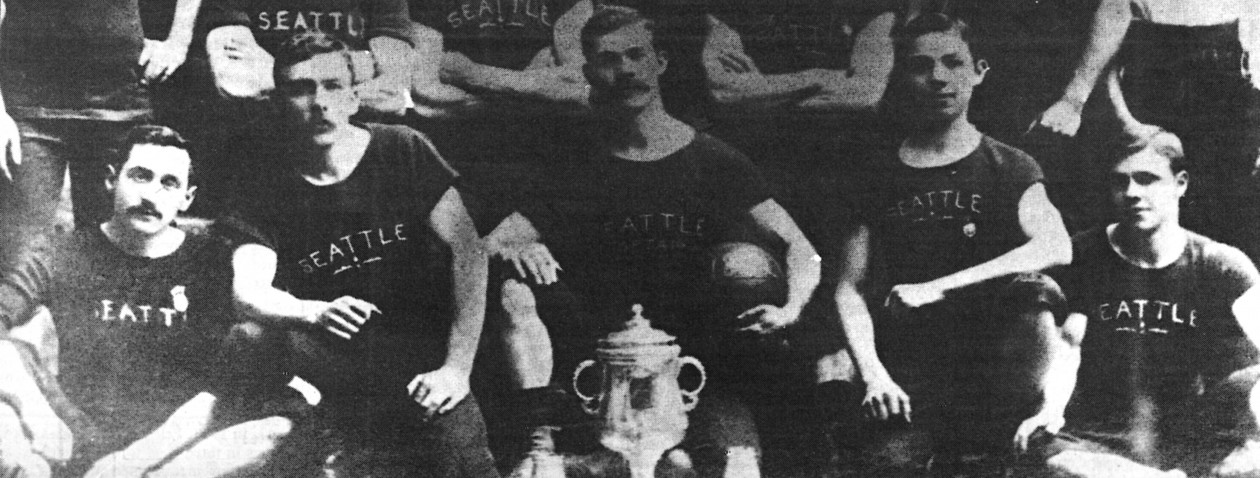A long, long time ago, in a league now featuring not one but two headstones, you could see red and live to play again, and again.
The original North American Soccer League went to great lengths to make the game seemingly more palatable to the American public. More scoring, more stars and more pizzaz. But NASL nuances could also prove confusing, substituting shootouts for draws, painting an offside line 35 yards from goal and awarding six points for wins and up to three bonus points for goals.
Given all that, it should come as little surprise that the NASL brass also did its own things with regard to discipline. And given the muddled mess surrounding Clint Dempsey’s added suspension meted out 25 days after his sending off in Frisco, one could argue America’s top flight still hasn’t conformed to the rest of the world.

Dempsey will serve out his suspension four weeks after Chris Penso consulted video review before showing a red card to the Sounders star. Of course, there’s a bye involved. But it’s still the most protracted suspension involving a Seattle player’s ejection, going back to 1974.
Skipper on Ice
Until now, the record was owned by Adrian Webster. The Sounders captain, Webster once waited 22 days before taking his medicine. Webster was issued a red card on April 23, 1977 (ironically, also against Dallas); he played two more games before missing at match at Washington, D.C. on May 15.
No appeal, no paperwork screw-up. That just the way the NASL conducted the business of discipline. It was not stated in the league guide, but according to multiple media accounts the suspension rule was as follows: A red card results in the player missing the next road game–unless it falls within five days of his ejection.
Since the Sounders’ next two matches that season were at home, Webster was eligible to play until Seattle went back out on the road. A year earlier, Tommy Jenkins went 20 days and two more games before serving his suspension.

One can deduce that the NASL didn’t want fans seeing a depleted squad at home. The 5-day clause assured coaches playing back-to-back road games (sometimes two days apart) that they need not beckon emergency reinforcements from the home office.
Not All Reds Are Equal
But just when you thought those rules were hard and fast, out came the caveats:
- Double yellows might result in a red, yet the suspension was waived.
- Unless, of course, a player had accumulated 18 points worth of yellows to date (not all cautions were created equal).
- Also, if a player was already slated for suspension, the second player’s suspension could be pushing out to the second road game.
- And if a red card was shown in the final regular season or any playoff game, there was only a fine but no suspension.
Now, these rules would be altered over time. And once FIFA brought the hammer down on the NASL for it’s 35-yard offside line and three substitute allowance in 1981, the suspensions more-less came into alignment with the rest of the planet. However, the commissioner had the final say.
Prior to the 1983 NASL final, Tulsa’s top scorer, Ron Futcher, was supposed to be suspended after accumulating three cautions in the postseason. Howard Samuels, the league boss, overruled, reinstating Futcher. Stated Samuels, whose league was already teetering on the brink: “I don’t want to do anything to hurt the sport.”
So Futcher went ahead and played, Tulsa beat Toronto, 2-0, and all was right in the world.

